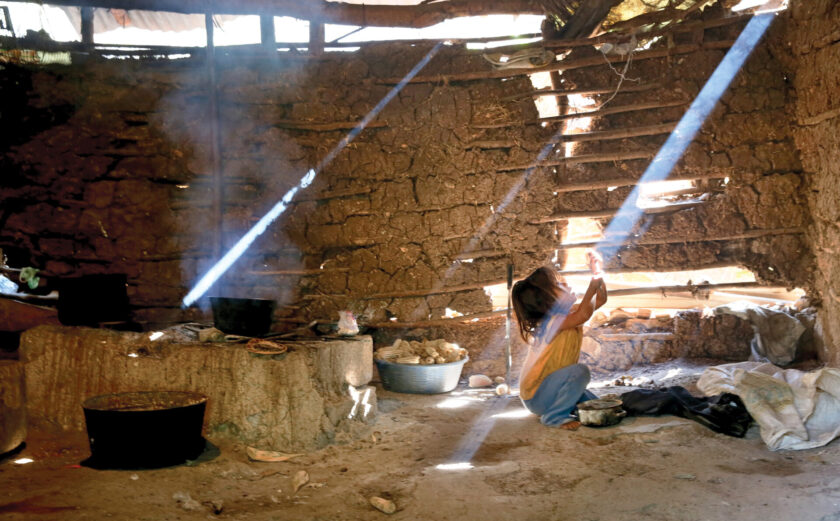
Optimizing Armed Actor Engagement for Protection Outcomes
Protection risks that civilian populations face in conflict zones—such as rape, child recruitment, deliberate deprivation of basic necessities, and denial of humanitarian access—usually stem from the actions of armed actors. However, humanitarians who engage with armed actors often have skills and experiences that are not fully utilized to achieve protection outcomes.
With financial support from USAID, InterAction has developed the Optimizing Armed Actor Engagement for Protection Outcomes training module to help humanitarian actors better leverage existing engagement with armed actors to improve the protection of civilians. The module consists of a facilitator’s guide, corresponding PowerPoint presentation, and briefing for facilitators.
A key component of the 2016 Inter-Agency Standing Committee (IASC) Policy on Protection in Humanitarian Action is to “shift protection from solely a sectoral activity to a collective responsibility of the entire humanitarian system.” However, the May 2022 Independent Review of the Implementation of the IASC Protection Policy found that this ambition has not been achieved.
In response to these findings, multiple efforts are underway to reorient all parts of the humanitarian system to better reduce protection risks, including by strengthening collaboration across organizations and beyond the humanitarian sector. A key aspect of this transformation involves strengthening the knowledge and understanding of humanitarian actors who engage with armed actors and how that can contribute to achieving protection outcomes.
To that end, this training package focuses on leveraging the knowledge, analysis, and professional relationships of civil-military coordinators, access advisors, and others like them to identify protection risks and achieve protection outcomes for communities affected by armed conflict.
Training Module
The training can be conducted in person or online, and can be tailored to fit within a range of timeframes.
The materials can be found here:
Both the PowerPoint and Facilitator’s Guide will soon to be available in French.
InterAction would like to thank the United Nations’ Office for the Coordination of Humanitarian Affairs Civil-Military Coordination Service (OCHA CMCS), as well as Brown University, the Global Protection Cluster, the Norwegian Refugee Council, Save the Children, U.N. High Commissioner for Refugees (UNHCR), the U.N. Children’s Fund (UNICEF), the World Food Program’s Humanitarian Military Interaction unit (WFP HMI), and World Vision for their generous support in guiding the modules development.
—
For more information regarding the training module, please contact Erin Weir at eweir@interaction.org.








